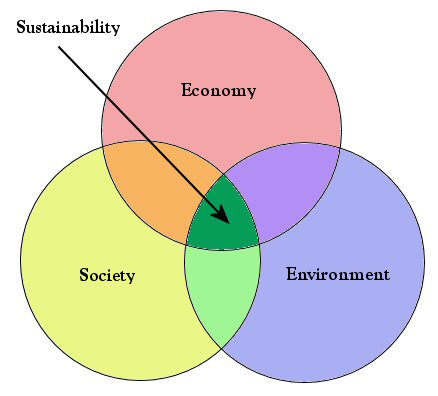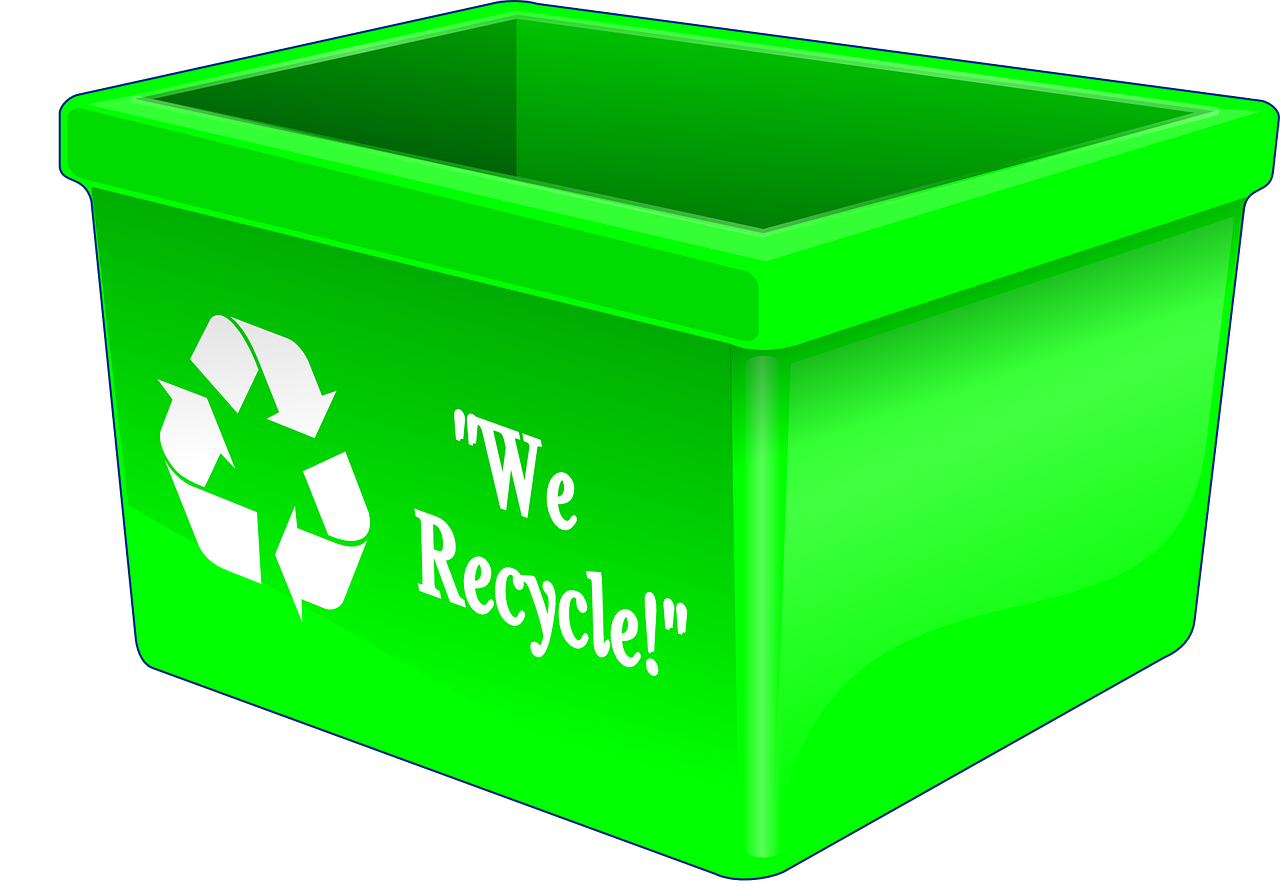 Why is sustainability important?
Why is sustainability important?
Anyone keeping an eye on the news or current events has no doubt heard the term ‘sustainability.’ However, it can at times be difficult to understand what exactly sustainability means and why it is important to understand. Sustainability refers to the ability of biological systems to remain diverse and productive indefinitely. It is the enduring nature of biological systems and processes. In nature, many examples of sustainability can be found, from long-lived forests to wetlands. Sustainability science is the study of environmental science and sustainable development, of which there are four connected areas: ecology, economics, politics and culture.i Maintaining sustainability is imperative to the global future and the survival of the human species, and potentially many other animals and plants. In an effort to enhance global sustainability, the UN has released 17 global sustainable development goals. Several of these goals explain the dire necessity of transforming human habits to a sustainable model.ii
-
To prevent poverty, hunger and starvation
In most discussions about sustainability, there are 3 core elements of it, each of which interact with one another. They are environmental protection, social development and economic development. Regarding environmental protection, the sustainability of biological ecosystems relies on the ability to protect the resources provided by them and promote behaviors that have a positive impact on the environment, while minimizing those with a negative impact.iii While poverty has dropped dramatically since the 1990’s, over 20% of the global population lives on less than $1.25 a day. Lack of access to basic services is a marker for poverty and this can lead to effects such as life-threatening risks from pregnancy and lack of education that can lead to a better income. Poverty disproportionately affects children and poor nutrition causes almost half of the global deaths in children under 5, a total of 3.1 million children annually. And on a global scale, 1 in 9 individuals is undernourished.iv Promoting sustainable agricultural practices while minimizing food waste in developed countries will help to alleviate global suffering that results in poverty, hunger and starvation.
-
To address the urgent need to combat climate change
Climate change can be the result of many naturally occurring events or processes, but recent climate change, or global warming, is the result of certain human activities. There is consensus within the scientific community that the climate is changing and much of this change is caused by humans and is likely irreversible. Some of the changes include an increase in carbon dioxide levels from fossil fuel emissions, the increase of particulates released by aerosols, ozone depletion, and deforestation. Animal agriculture and land use are also concerns for climate change.v The following consequences for climate change have been identified by NASA:vi
- Temperatures will continue to rise.
- Frost-free season (and growing season) will lengthen.
- Changes in precipitation patters.
- More droughts and heat waves.
- Hurricanes will become stronger and more intense.
- Sea-level will rise 1-4 feet by 2100.
- The Arctic will likely become ice-free.
These factors culminate into a generally harsher environment that will make it much harder for humans to survive, as well as all other species.
-
To stop bio diversity losses
There are many direct and indirect ways in which human activities have a negative impact on other biological lifeforms on the plant. In regard to sustainability and environmental management, elements such as the oceans, freshwater systems, land use and the atmosphere are approached with sustainability principles on a global scale. The impact of human activity has led to extinctions of some plants and animals already. At the current rate of loss, extinction rates are 100 to 1000 times their prehumen levels and more than 10% of birds and mammals are at threat of extinction. This is also true for 8% of plants, 5% of fish and more than 20% of freshwater species. The long-term droughts, extreme weather, and over-exploitation further threaten these species. Some scientific estimates believe that up to half of the currently existing species will become extinct by 2100. Another key component to the loss of biodiversity is that with the change in climate, there will likely be an increase in the number of invasive species. Non-indigenous plants and animals can quickly proliferate and thrive in areas where natural predators are absent. The increase of invasive species will lead to a sharp reduction in the amount of resources available for the natural species to use for their survival.vii
-
To ensure access to water, energy, health resources, education and justice for threatened individuals
If current unsustainable consumption patterns continue, in addition to food shortages, it will be harder to secure other resources that are necessary for the well-being of humans. This includes access to water, health resources, education and even access to avenues that promote access to justice and equality. Essentially, as resources become more scarce, there will be greater divisions across society resulting in access for only some, and greater suffering for all others. The United Nations is already monitoring water crises across the globe. The current crisis displays several principle manifestations, including inadequate access to safe drinking water for about 884 million people; inadequate access to sanitation for 2.5 billion people, diminished agricultural yields from excessive use of groundwater; the overuse and pollution of water resources; and the increase of regional conflicts resulting in warfare due to water scarcity.viii Scarcity would arise not just for water, but for all basic goods and services necessary. For these reasons, humans must adopt sustainable consumption patterns as well as sustainable infrastructure and economic growth patterns.ix












Leave a Reply